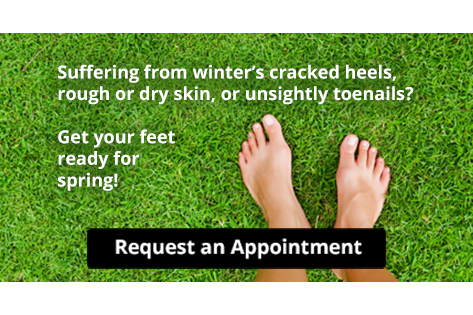 Whether you run for fun or are training for a marathon, you should always take measures to avoid common running injuries such as plantar fasciitis and Achilles tendinitis. Make sure that after you run, you take time to allow your body to rest and recover. Taking a day off from running to rest may help you avoid overuse injuries. Using foam rollers, massaging your muscles, and gently stretching your legs and feet after a run is suggested. Sleeping well and eating a healthy diet, wearing the right shoes, and increasing your training gradually over time are also beneficial. To learn more about how to prevent running injuries, please consult with a podiatrist.
Whether you run for fun or are training for a marathon, you should always take measures to avoid common running injuries such as plantar fasciitis and Achilles tendinitis. Make sure that after you run, you take time to allow your body to rest and recover. Taking a day off from running to rest may help you avoid overuse injuries. Using foam rollers, massaging your muscles, and gently stretching your legs and feet after a run is suggested. Sleeping well and eating a healthy diet, wearing the right shoes, and increasing your training gradually over time are also beneficial. To learn more about how to prevent running injuries, please consult with a podiatrist.
Exercising your feet regularly with the proper foot wear is a great way to prevent injuries. If you have any concerns about your feet, contact one of the chiropodists of The Footcare Centre. Our chiropodists will treat your foot and ankle needs.
How to Prevent Running Injuries
Many common running injuries are caused by overuse and overtraining. When the back of the kneecap starts wearing out and starts causing pain in your knee, this is commonly referred to as runner’s knee. Runner’s knee is a decrease in strength in your quadriceps and can occur if you’re not wearing properly fitted or supporting shoes. To prevent runner’s knee, focusing on hip strengthening is a good idea, as well as strengthening your quads to keep the kneecaps aligned.
What Are Some Causes of Running Injuries?
- One cause of a common running injury is called iliotibial band syndrome.
- Plantar fasciitis is also another common injury.
- Stress fractures can occur from overtraining, lack of calcium, or even your running style.
Best Ways to Prevent Running Injuries
- Wear footwear that fits properly and suits your running needs.
- Running shoes are the only protective gear that runners have to safeguard them from injury.
- Make a training schedule. Adding strengthening exercises as well as regular stretching can help keep you strong and limber and can lessen the possibility of injuries.
- Stretching keeps muscles limber; this will help you gain better flexibility.
If you have any questions please feel free to contact our office located in Niagara Falls, ON . We offer the newest diagnostic and treatment technologies for all your foot and ankle needs.


 Hammertoe
Hammertoe





